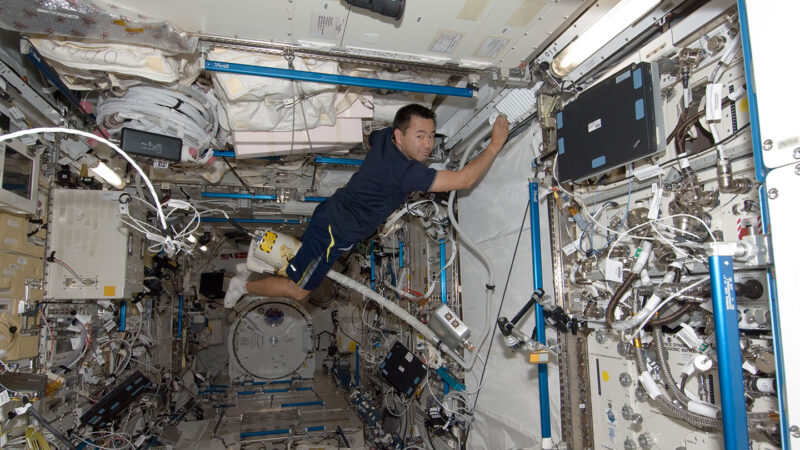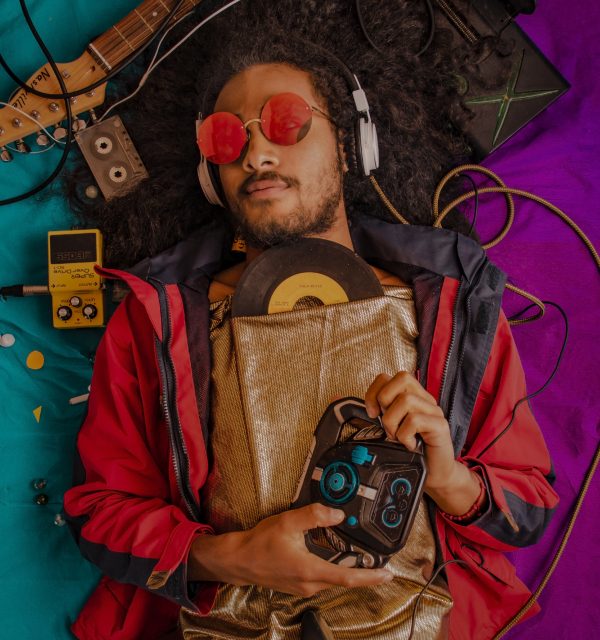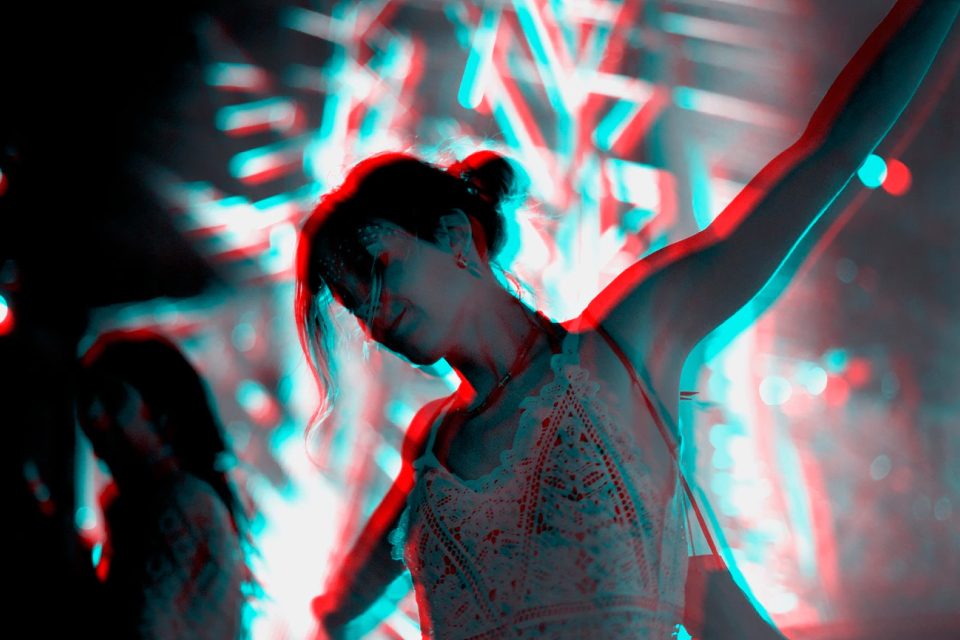Imagine seeing cake in a video game — then tasting it. Researchers have taken a step toward that possibility. They’ve created a device that delivers virtual flavors by squirting chemicals onto the tongue.
The system, called “e-Taste,” can detect chemicals in foodstuffs. It then wirelessly sends this information to a device that delivers the same or similar chemicals to a user’s tongue. By combining different chemicals, the device can mimic flavors ranging from cake to lemonade.
This is a step toward the next generation of virtual reality and devices that let people and machines communicate, says Yizhen Jia. He’s a materials engineer at Ohio State University in Columbus.
The system contains five edible chemicals. There’s one for each of the basic tastes. Sweet comes from glucose, sour from citric acid and salty from sodium chloride. Magnesium chloride creates a bitter taste. Glutamate provides a savory taste known as umami.
The device infuses these chemicals into gels. There, tiny channels mix the different gels. A pump delivers the combo to the tongue through a flexible, ribbonlike tube.
The e-Taste device was able to make different levels of sourness that 10 taste-testers could tell apart. The researchers then moved on to more complex flavors.
They made five flavors based on their chemical compositions: lemonade, cake, fried egg, fish soup and coffee. Six participants were trained to recognize these flavors. Overall, they were nearly 87 percent accurate in identifying ones made by e-Taste.
Some flavors, such as lemonade and cake, were easier to identify. One that was a bit harder: fried egg.
The team shared its findings February 28 in Science Advances.
Tastes, smells and feels
Earlier efforts had attempted to simulate taste by zapping the tongue with electricity. But this method remains poorly understood.
“Taste and smell, being chemical senses, are very challenging,” explains Nimesha Ranasinghe. A computer scientist, he works at the University of Maine in Orono. He did not take part in the new work. Both taste and smell work by molecules sticking to specific protein receptors in the tongue or in the nose.
“We don’t have a hundred percent understanding of how the tongue and taste perception works,” Ranasinghe says. Chemicals, for now, can reproduce a wider range of tastes than electrical jolts.
But taste alone is not enough. “Real coffee comes with the smells and feeling of coffee,” Jia points out. Just putting chemicals on your tongue isn’t the same.
To help bridge that gap, Jia’s group is working to incorporate smell. They are using gas sensors to figure out the molecules in a smell. Then they use machine learning to make sense of these data.
The team envisions using flavors and smells to make for more immersive gaming. It also could be used in online shopping or to share food in virtual worlds. This technology may even help restore the ability to taste, for instance, in people who have lost this sense — perhaps due to COVID.
For now, the biggest unknown is how willing people will be to wear a device that squirts chemicals onto their tongue. “We are very reserved when it comes to putting anything inside our mouth,” Ranasinghe says. “The look, feel and comfort are really important.” It’s something he says people will “have to look into in the future.”
Do you have a science question? We can help!
Submit your question here, and we might answer it an upcoming issue of Science News Explores

















